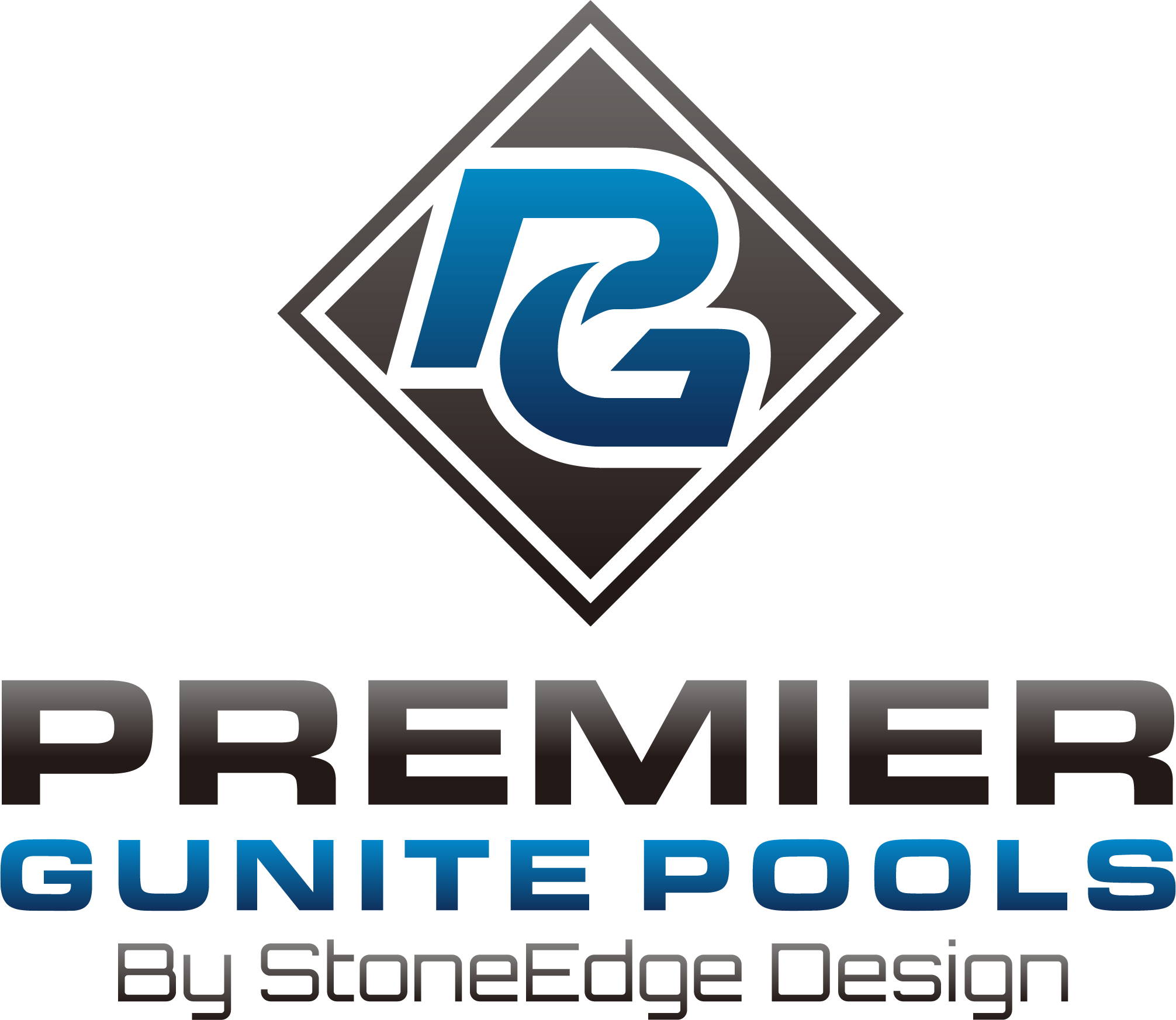3 Ways a Mason Can Complement Historical Architecture in Portsmouth and Barrington, RI, Areas
Preserving the significance of historical homes relies on complementary masonry. Both vertical and horizontal hardscape elements are an opportunity to enhance the home’s character while at the same time, branching out creatively through style and color choices. Here are 3 ways a mason can complement historical architecture in Portsmouth and Barrington, RI, areas.
Related: Front Yard Ideas: 4 Masonry Features You'll Want in Bristol and Tiverton RI Areas
Historical Landscaping Means Local Materials
When designing hardscapes that honor a historical home, it’s important to use materials that have been used in the area. In the past, home builders used whatever materials were on hand, or at least close by.
Get an idea of what was used by driving around and taking note of types of stone or brick that were commonly used outdoors. But be careful. The idea of outdoor living is a relatively new one in America. You won’t find an 1800s era home with a luxurious patio - at least, not a patio that was built at the same time as the home. Backyards used to be strictly utilitarian, primarily for gardens, chickens, and livestock.
As late as the 1940s, Victory Gardens represented self-sufficiency, which was prioritized over leisure. Backyard living didn’t make an appearance on a grand scale until the 1950s and 1960s, so any outdoor living spaces that grace older historical homes are likely from the latter part of the 20th century.
If your home is vintage, such as post-WWII ranch style, or mid-century modern, it’s much easier to source materials that are historically accurate, or at least look the part. If you know your home’s history, you can research the era’s landscaping techniques as a starting point for your design.
However, if your home is older (anytime pre-WWII), that doesn’t mean that you can’t revert to more historically accurate materials and create distinctly modern outdoor living spaces that look as though they’ve always been there!
Here are some masonry elements you’ll want to add to your historical home.
Paving Stones, Brick, and Concrete Pavers
Natural paving stones were usually locally sourced but often used only on walkways (along with the home’s foundation). Driveways were often dirt or gravel, and patios were virtually nonexistent since the backyard was devoted to feeding the family.
Today you have the choice of using natural stone (such as bluestone or granite) or concrete pavers that resemble natural stone but are durable enough to be used in any residential application including the driveway.
Bricks are the quintessential historical material used through the centuries, so you really can’t go wrong here. Aside from traditional clay brick (which is limited to the colors of the clay), today you can find concrete bricks with an expanded color palette which gives your home a fresh modern appeal while still staying true to its roots. If you want to stay purely traditional, use brick colors that are native to the area. Bricks are versatile materials that can be arranged in many different patterns, which is another opportunity to pick up historical motifs.
Vertical Elements
Retaining walls, pillars, and outdoor fireplaces are ideal opportunities for adding an authentic touch to a historical home. Natural stone, concrete wall blocks that resemble natural stone, and brick can all be used on both horizontal and vertical landscape elements to tie the look together.
In keeping with the home’s historical theme, avoid modern embellishments such as contrasting borders (for example, a band of brick set among stacked flagstone). Even if the home uses both materials, such as brick siding and a stone fireplace, stick to just one material on your hardscapes. Simplicity is always the better choice because it has a timeless appeal (embellishment can quickly become dated).
Related: How a Mason Can Turn Your Inground Pool Into a Mini-Resort in Barrington RI

